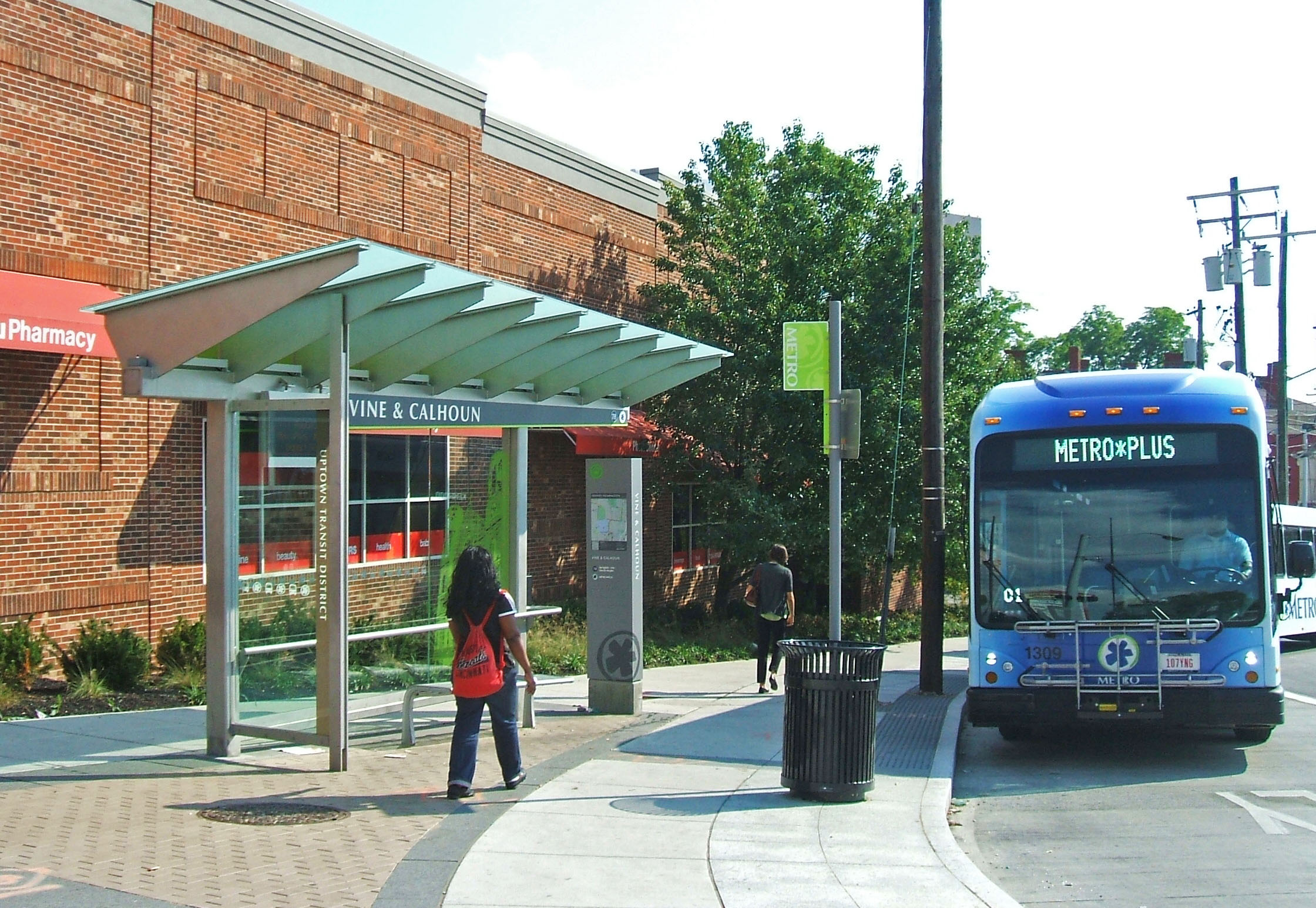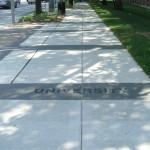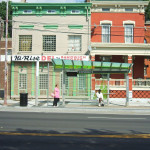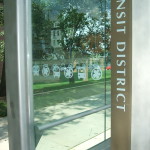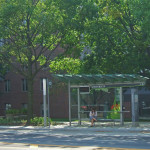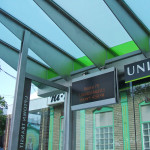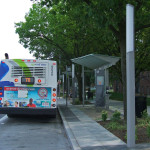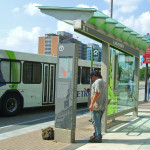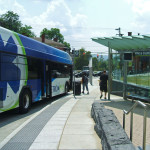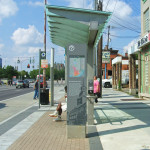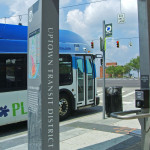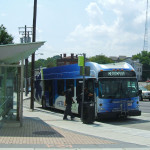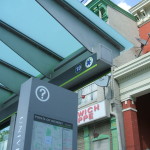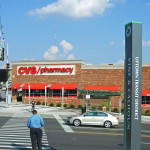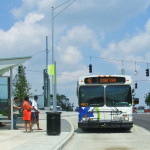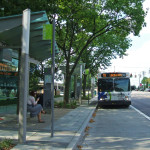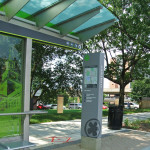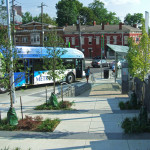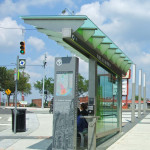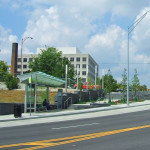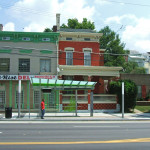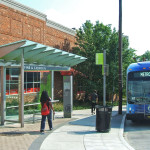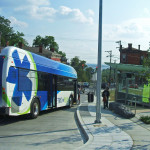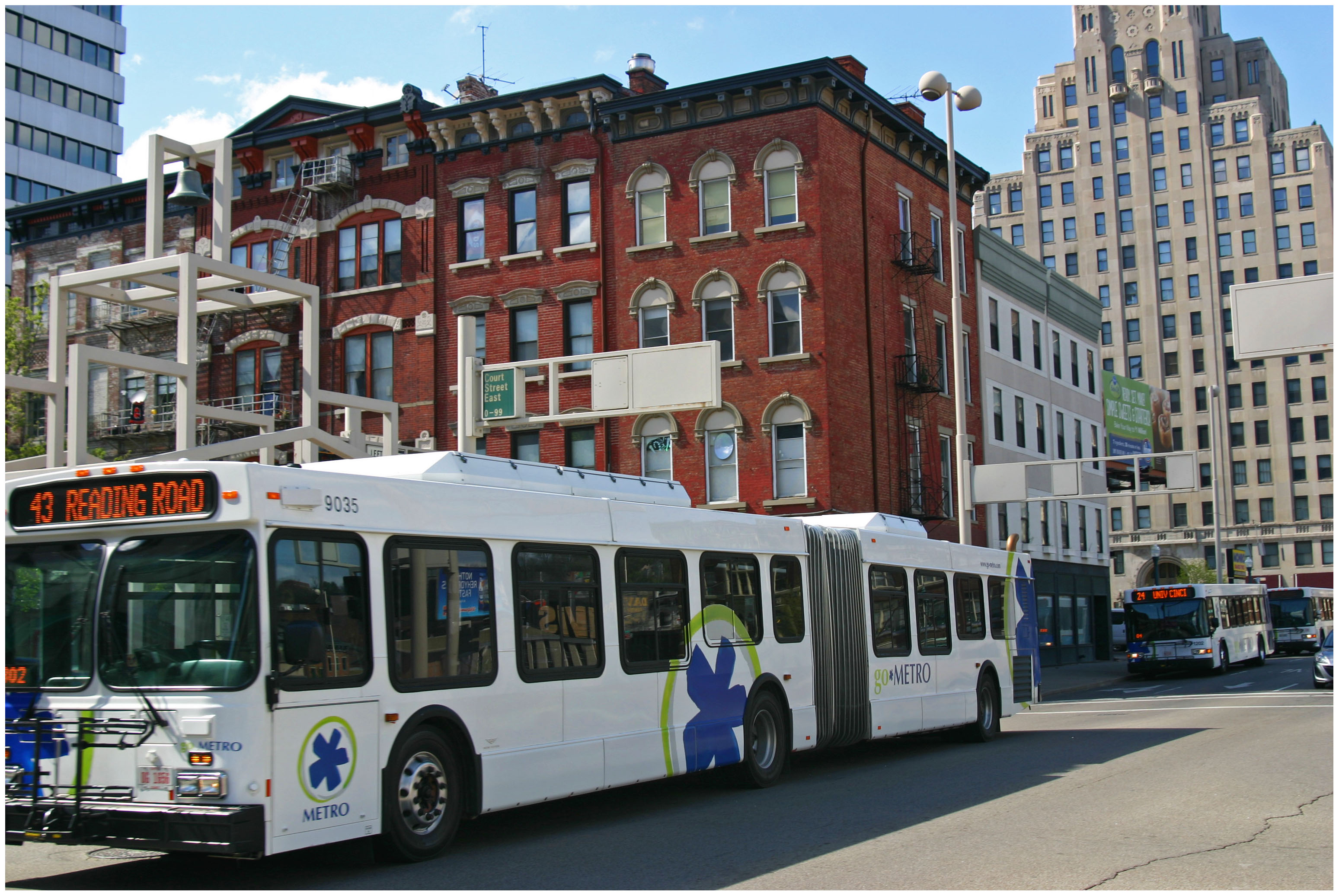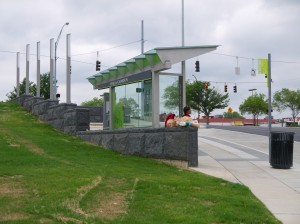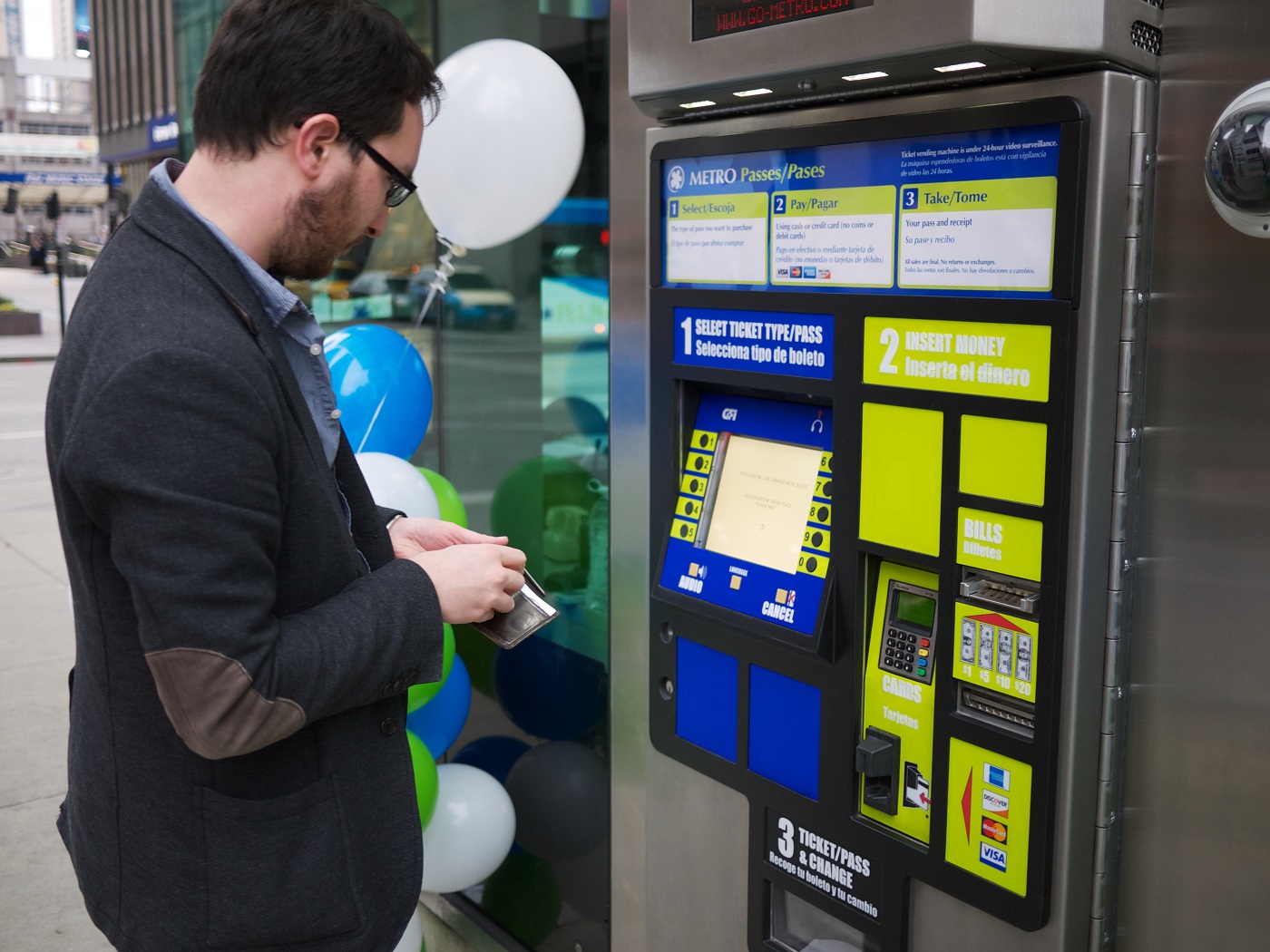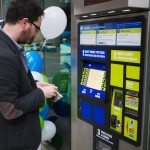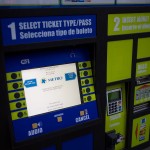City officials and the Southwest Ohio Regional Transit Authority (SORTA) unveiled the new $7 million Uptown Transit District earlier this year. The hope is that the enhanced stations and improved design will improve the experience for existing and future bus riders.
But if the Glenway Crossing Transit Center is to serve as any evidence, then this might in fact pay off for Metro in the form of higher ridership.
The Uptown Transit District, however, is a bit different from the west side park and ride station, and the long-time Government Square hub. Instead, it is four distinct areas – Children’s Hospital, Vine & Calhoun, University, Clifton Heights – within the sprawling Uptown area that are seen as major nodes for riders. Transportation planners at Metro say this approach was taken due to the layout of Uptown and the lack of a single location that could serve as a major hub like Government Square is for Downtown.
In addition to serving a dozen or so existing bus lines, different stations in the Uptown Transit District also serve the University of Cincinnati’s Bearcat Transportation System (BTS) and the regional bus authority’s new Metro*Plus route.
All of the stations include covered seating areas similar to those being constructed for the Cincinnati Streetcar system. They also include real-time arrival screens, area wayfinding, ADA accessibility and include information about nearby landmarks.
The stations were designed by Cincinnati-based MSA Architects.
EDITORIAL NOTE: All 22 photos were taken by Eric Anspach for UrbanCincy on August 22, 2014.
